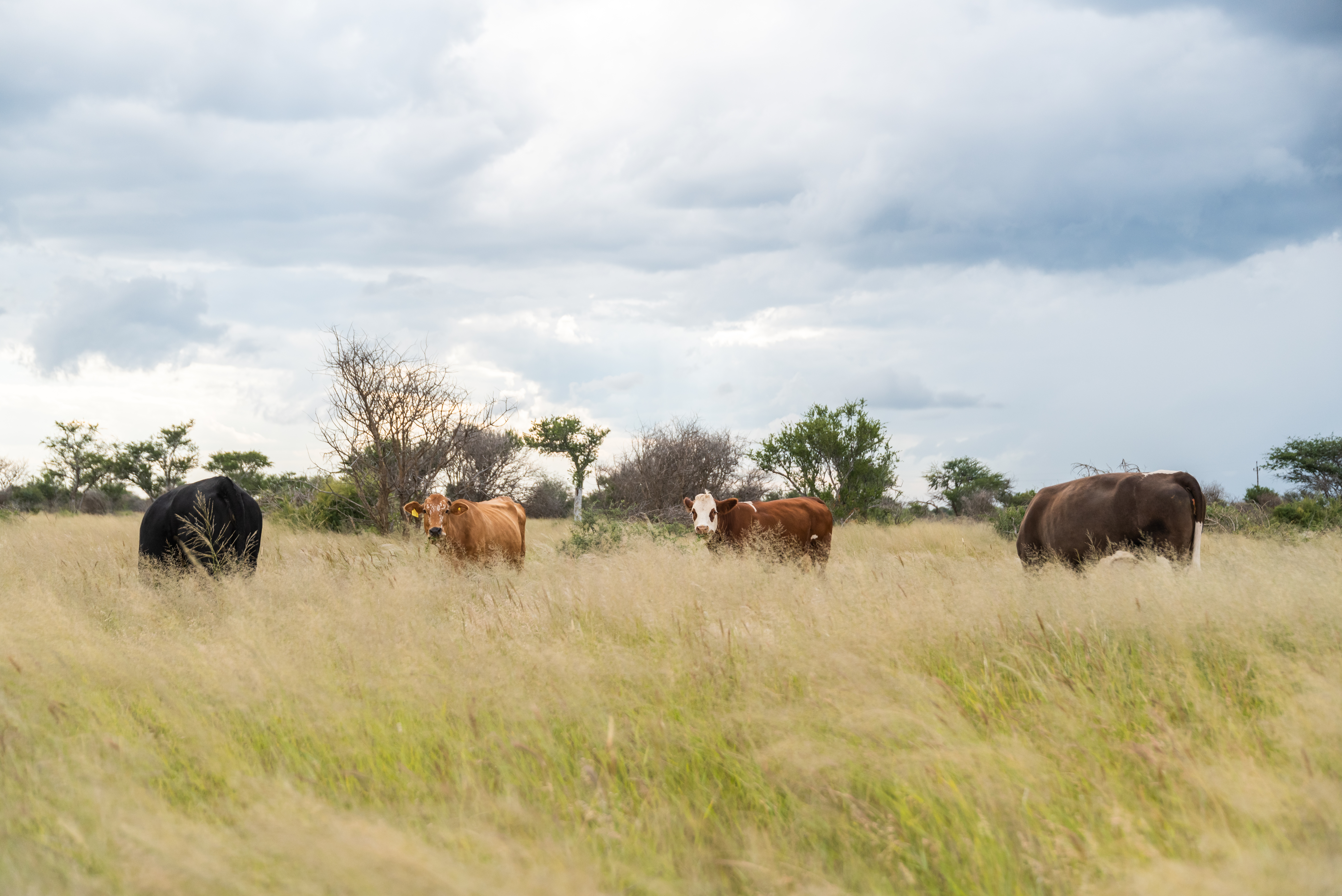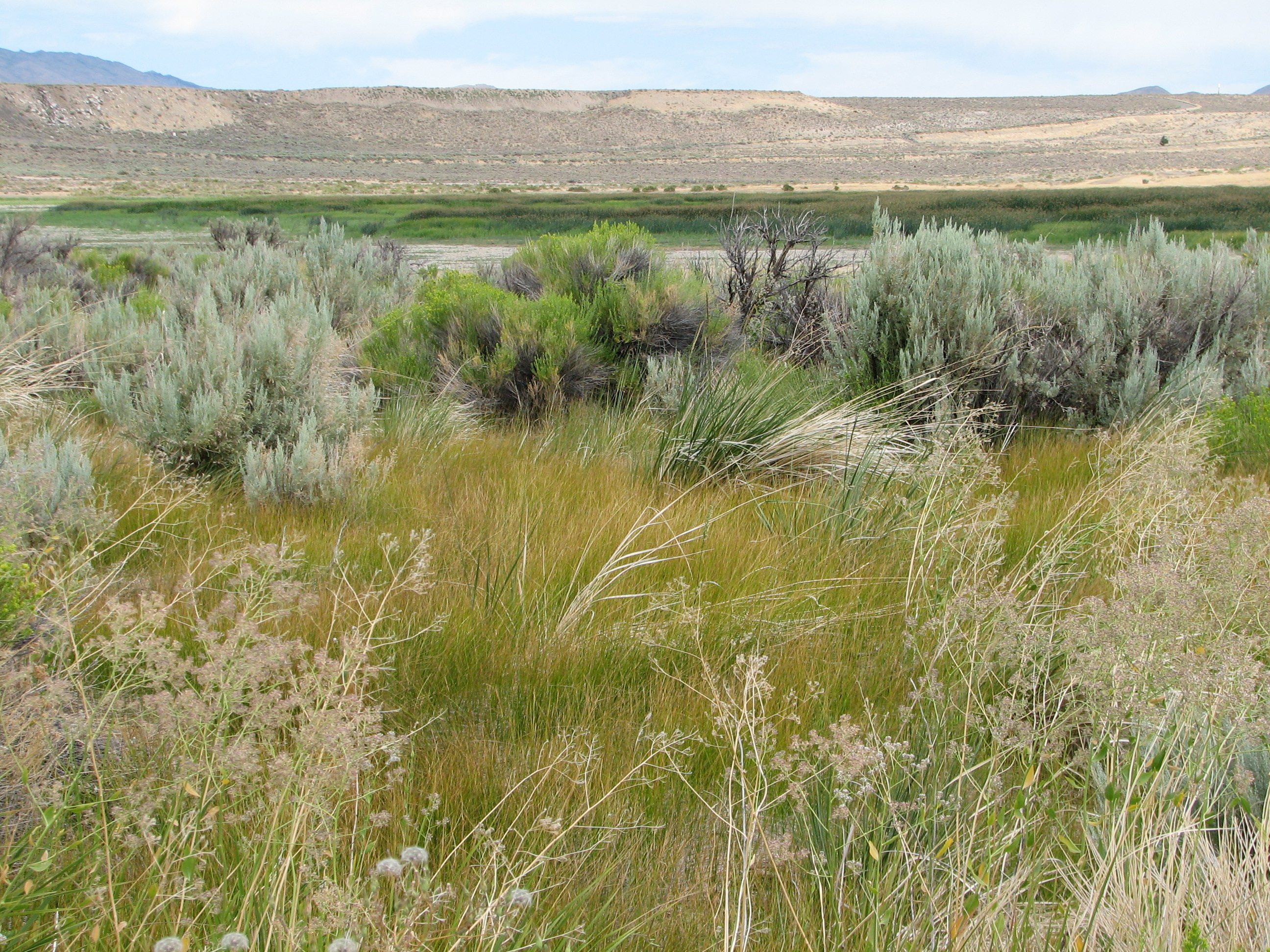Rangelands
Enlarge text Shrink text- Random House(range. Also called rangeland, an area or tract that is or may be ranged over, esp. an open region for the grazing of livestock)
Rangelands are grasslands, shrublands, woodlands, wetlands, and deserts that are grazed by domestic livestock or wild animals. Types of rangelands include tallgrass and shortgrass prairies, desert grasslands and shrublands, woodlands, savannas, chaparrals, steppes, and tundras. Rangelands do not include forests lacking grazable understory vegetation, barren desert, farmland, or land covered by solid rock, concrete, or glaciers. Rangelands are distinguished from pasture lands because they grow primarily native vegetation rather than plants established by humans. Rangelands are also managed principally with practices such as managed livestock grazing and prescribed fire rather than more intensive agricultural practices of seeding, irrigation, and the use of fertilizers. Grazing is an important use of rangelands but the term rangeland is not synonymous with grazingland. Livestock grazing can be used to manage rangelands by harvesting forage to produce livestock, changing plant composition, or reducing fuel loads. Fire is also an essential regulator of range vegetation, whether set by humans or resulting from lightning. Fires tend to reduce the abundance of woody plants and promote herbaceous plants, including grasses, forbs, and grass-like plants. The suppression or reduction of periodic wildfires from desert shrublands, savannas, or woodlands frequently invites the dominance of trees and shrubs to the near exclusion of grasses and forbs. Rangelands cover approximately 80 million square kilometers globally, with 9.5 million square kilometers protected and 67 million square kilometers used for livestock production. These areas sustain about 1 billion animals, managed by pastoralists across over 100 countries, illustrating their crucial role in both ecological conservation and agricultural productivity. The United Nations (UN) has declared 2026 the International Year of Rangelands and Pastoralists, with the Food and Agriculture Organization leading the initiative.
Read more on Wikipedia >
 Topic
Topic










